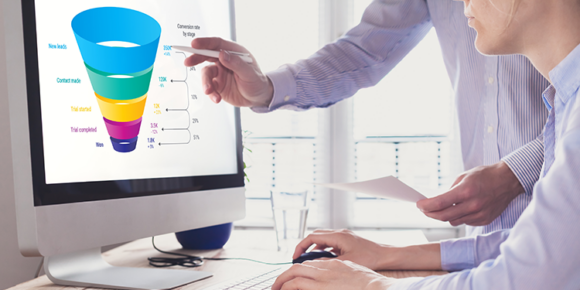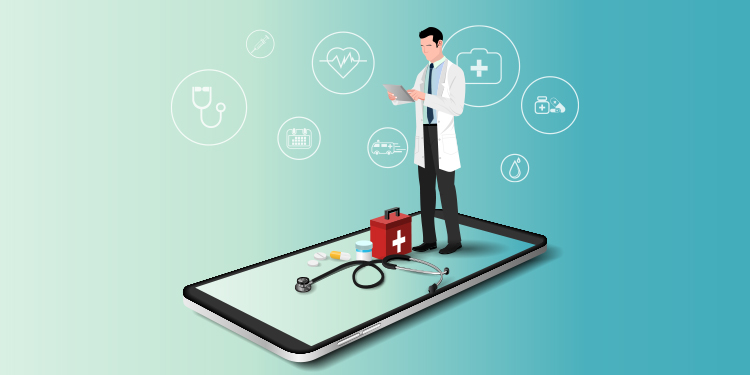
A Practical Guide to Developing Your Telemedicine App
Author: John Williams
Did you know that the telemedicine industry made US$ 4.3 billion in 2020 alone? This made it the top-grossing vertical in digital healthcare, thus spurring further innovation within the sector.
Anyway, since the pandemic, there has been a gargantuan growth in digital healthcare, with more and more people turning towards telemedicine. And, why wouldn’t they? This technology allows them to receive specialized medical care from any remote location.
Consequently, a surge in demand for telemedicine has led several tech outfits to start developing or deploying telemedicine apps to facilitate this phenomenon. But, the pace at which it is happening is relatively slow, whereas the market scope is booming at a much higher rate. Simply put, there is no better time than now to put your telemedicine app on the market.
Are you a tech establishment or a startup looking for a way into the telemedicine market? If so, then you need to develop a user-friendly app. Not sure how to start? Keep reading to find out.
Your Very Own Blueprint to Design and Develop a Telemedicine App
The first thing to remember while developing a telemedicine app’s UX or user experience is that it will comprise at least two dashboards – one for the patient and another for the doctors. Sure, you can design multiple dashboards that include one for admin and another for technicians, but that can come at a later stage when your app begins garnering hordes of subscribers.
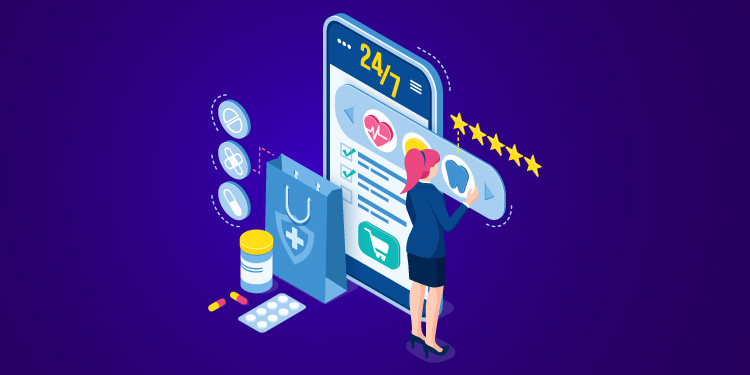
While developing the beta version of your app, you must flesh out the features of your MVP or minimum viable product and roll it out. The real-time feedback from the beta version can help you add new features, dashboards, and plug-ins to your app, thus making it more complete. Allow your telemedicine app to organically evolve into a valuable offering based on what subscribers want.
Circling back to the nitty-gritty of etching out the app, you must first outline all the features the app would carry for different stakeholders.
App Features for Patients
Begin designing your app with the following preliminary features in the form of clickable buttons.
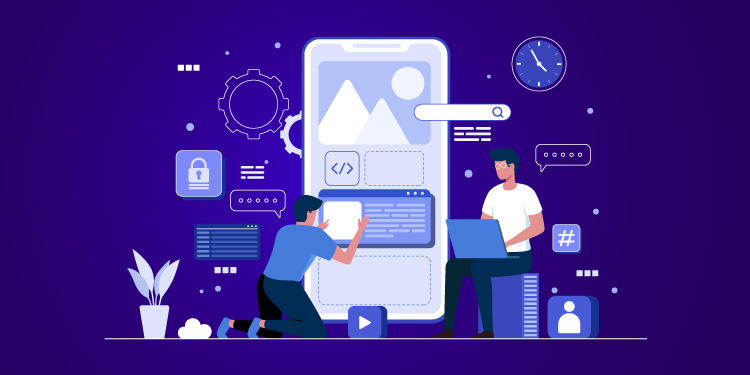
Register or login page
Design your app to open to a simple interface that allows a new patient to register or log in to their account. Link the registration module to the back end so that the doctors and admin can access this information through their dashboards as well.
Account profile
This feature should allow patients to supply their personal details like full name, phone number, residential address, email id, etc. Providing information on this page should be a one-time thing, but editing the information should be allowed multiple times. The app should save all the data provided by patients so the doctors or other stakeholders can access it while generating reports or building case history.
Schedule online appointments
Keep this tab on the very first page of your telemedicine app. After all, this facilitates the primary task of booking an appointment to reap the rewards of telemedicine. When patients click on this feature, your app should redirect them to an interface where they can browse doctors’ profiles and book with a doctor after consulting their availability dates.
Virtual visit
The patient and the doctor can enter into a video or audio call for medical consultation by pressing this tab. On the side or bottom of the video call, keep a chat option live in case the patient needs to upload old prescriptions or any other relevant document.
Live chat interface
If a problem is not urgent, patients can reach out to their doctors or vice versa through a real-time chat interface outside of a video call. Make sure this interface connects them to other stakeholders like admin staff. Also, include a “call” button on top of the chat window.
Upload previous medical records
You can either merge this feature with the account profile page or display it separately. It all depends on how exhaustive you want your app’s layout to be. Through this feature, patients can upload their entire case history documents and new and old prescriptions.
Alerts or notifications
Ensure your app has a bell icon that sends patients notifications and reminders of upcoming, canceled, or rescheduled appointments.
Make a payment
Integrate your app with a payment gateway and provide patients an interface to pay electronically after each virtual appointment through this feature.
Chatbot
Not all queries require human intervention. For instance, to check the telemedicine clinic’s working hours or consultation fee, a patient can interact with a chatbot through your app and receive an instant response.
App Features for Doctors
Make sure to include the following features while developing the doctor’s dashboard on your telemedicine app.
Register or login page
Just as patients would have a register or login interface, make sure the doctors do too.
Account profile
Apart from filling in their personal details, doctors will also include their credentials, specializations, and hospital affiliations, which the patient can access when booking an appointment.
Scheduling manager
Doctors are busy people, which is why they should be in charge of managing their appointments through your app. The scheduling manager feature can allow them to accept, reject, reschedule or cancel virtual appointments with patients.
View virtual medical records
Before an appointment and during a virtual consultation, doctors must be able to access their prospective patient’s medical records and lab reports through this feature.
Record a session
Doctors might want to revisit a consultation session and chart a detailed treatment plan, which is why your app must provide them an option to record a session and replay it.
Live chat with call button
If the doctor needs to get in touch with the patient on live chat, they can, through your app. Make sure you provide a live chat feature that is available during the call and after it. It should also contain a button through which the doctor can personally call a patient.
Payments and billing
Your app must provide an interface through which a doctor can raise a bill and receive payments directly into their account linked with your app. If your app charges a percentage per consultation, this feature can also show a doctor the breakup of the amount received. Once your app has more subscribers, you can design a separate admin dashboard to handle invoicing.
Notifications tab
This feature can remind doctors of their upcoming appointments minutes before they start and also alert them of payments received.
Over to You
Your app will contain various other sub-interfaces that link to the main ones mentioned above. With a soaring number of subscribers, you can design a separate admin dashboard and provide an interface to search and connect to different labs for tests prescribed by doctors.
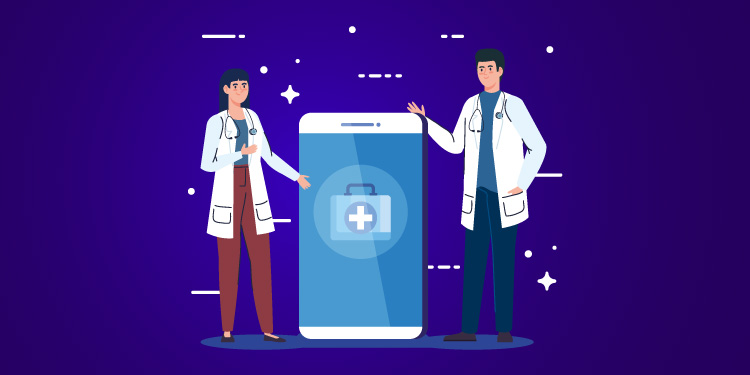
Your admin dashboard will contain fewer features that are mostly related to user data management, like keeping records and consultation reports of all patients, maintaining billing details and information on previous as well as upcoming appointments.
Now that you have this skeleton blueprint ready, why wait any longer? Start developing your telemedicine app this very instant!


